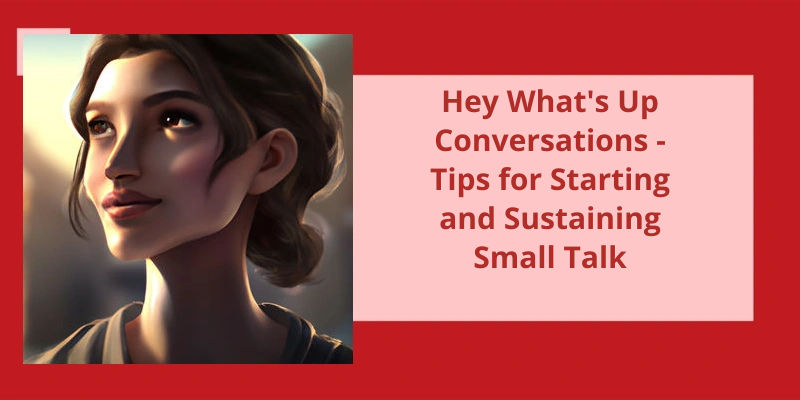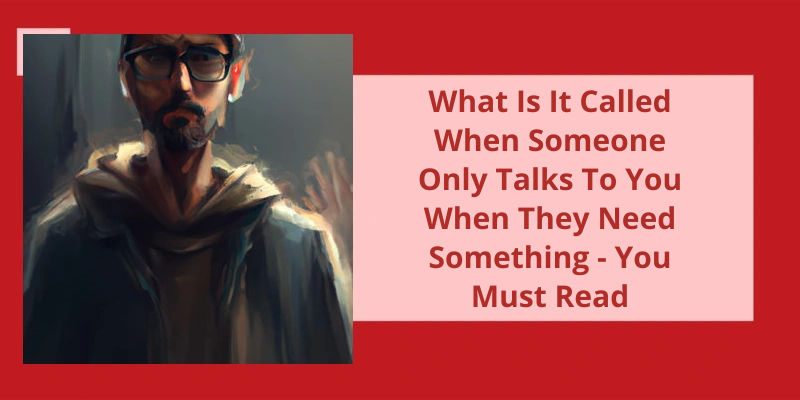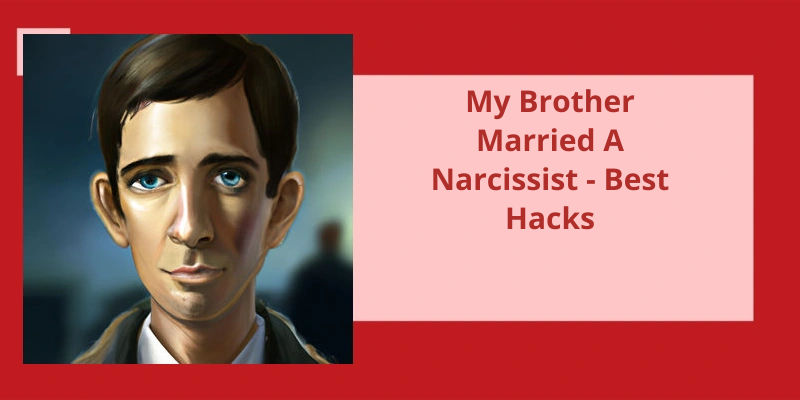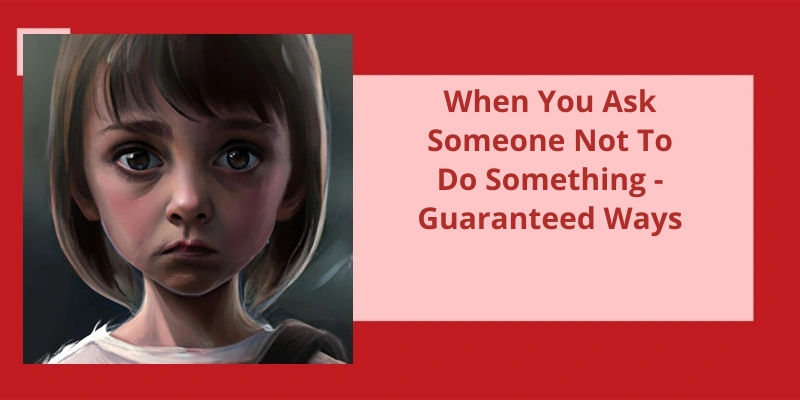But have you ever thought about how this simple question can lead to a conversation that can reveal so much about a person? It can open the door to small talk, catching up with friends and family, or even deeper discussions about personal life experiences. The way we respond to this question can also give insight into our mood, current events, and interests. It's a simple phrase, but it can have a big impact on how we connect with others. So next time someone asks you "What's up?" take a moment to consider your response and see where the conversation takes you.
What’s Up Meaning in Chat and Answer?
In chat, “Whats up” has become a common way to initiate a conversation or check in on someone. It can be used in a variety of social settings and situations, from catching up with friends to professional communication with colleagues or clients. The phrase is simple and versatile, making it a go-to for many people in digital communications.
As a response, there are a few standard options. “I’m good, thank you” is a polite and simple reply, acknowledging the greeting and indicating that the person is doing well. “I’m fine, thank you” is another common response, indicating that all is well. “I’m fantastic, thank you” is a more enthusiastic response, suggesting that the person is having a great day or is in a good mood.
Beyond these standard replies, there are many other ways to answer the question “Whats up.”. Some people might share a quick update on what theyve been up to or what they’ve planned for the day. Others might use the opportunity to start a conversation about a specific topic or ask for advice or feedback on something.
Etiquette for Responding to “Whats Up” in Different Social Settings, Such as With Acquaintances Versus Close Friends or Family Members.
This article discusses the proper etiquette for responding to the question “What’s up” in various social situations, including with acquaintances, close friends, and family members. It provides guidelines for appropriate responses, taking into account factors such as level of familiarity, setting, and tone of the conversation.
While both phrases may seem interchangeable, there are subtle differences in their social appropriateness. “How are you” is a more formal and polite greeting, while “What’s up” is considered more informal. However, using “What’s up” with someone you don’t know well or in a professional context may come off as disrespectful or lacking in expected decorum. Let’s explore these nuances further.
Is What’s Up the Same as How Are You?
The language we use is a reflection of our culture and societal norms. When it comes to greeting someone, it’s important to consider the context and relationship dynamics involved. “How are you” is a common, polite greeting used in formal settings such as professional meetings or when speaking with someone of status. It conveys a sense of respect and shows that you acknowledge the persons well-being. However, this phrase may come off as too formal for casual exchanges, especially with close friends or family members.
On the other hand, “Whats up” is a more casual greeting that’s often used among peers or within informal settings. It isn’t always meant to be taken literally as a question about the persons physical state. Instead, it serves as a way to initiate conversation, catch up on recent events, or simply acknowledge someones presence. However, because of it’s casual nature, some people may view it as inappropriate or disrespectful when used in formal settings.
It’s important to note that the appropriateness of these greetings depends heavily on cultural norms and individual preferences. In some cultures, direct inquiries about someones well-being may be viewed as intrusive or impolite, whereas in others, it may be expected as a sign of caring.
Ultimately, the choice of greeting should be based on the context and the recipients preferences. If unsure, it’s best to err on the side of formality and use “How are you” in professional or unfamiliar settings, while using “Whats up” in more informal contexts. Whatever the choice, the most important thing is to convey a genuine sense of interest and respect towards the person being greeted.
Cultural Differences in Greetings: A Look at Global Norms
- In Japan, it’s customary to bow when greeting someone.
- In Italy, it’s common to greet someone with a kiss on each cheek.
- In Saudi Arabia, men often greet each other with a handshake and a kiss on the cheek three times.
- In Thailand, it’s traditional to greet someone with the wai, which involves pressing your palms together and bowing your head slightly.
- In India, it’s common to greet someone with Namaste, which involves placing your palms together and bowing your head slightly.
- In France, it’s customary to greet someone with a kiss on each cheek, starting with the left cheek.
- In China, it’s common to greet someone with a slight bow or nod of the head.
- In the United States, handshakes are a common form of greeting in business settings.
- In Brazil, it’s customary to greet someone with a hug or a kiss on one cheek.
- In South Korea, it’s common to greet someone with a slight bow of the head and shoulders.
Source: What’s the difference between ‘How are you’ and ‘What’s up’?..
Conclusion
However, it's important to remember that this question can also be used as a way to start a meaningful conversation. Don't be afraid to share your thoughts or feelings with someone who asks you “What's up?”. By doing so, you might be able to connect with them on a deeper level and strengthen your relationship. So next time someone asks you “What's up?”, don't just give a generic response. Take a moment to think about how you're really doing and share it with them. Who knows, it might be the start of something great.






